Last part of our road trip on the Great Ocean Road. Visiting the stunning coastal formations along the Great Ocean Road in Port Campbell National Park from Gibson Steps to Bay of Islands. Finally, ending with a couple of surprises on the way back to Melbourne.
Previously on the Great Ocean Road …
Continuing from the previous post, here are Days 3 and 4 on the Great Ocean Road or day 5 and 6 from Melbourne via Mornington Peninsula. All the action from May 2022. Read here for more on our journey from Melbourne to Phillip Island and Mornington Peninsula, or this for the first part of the Great Ocean Road from Queenscliff to Great Otway National Park.
Great Ocean Road Day 3/ Day 5 on the road – 12 Apostles/ Port Campbell National Park
7:30am – Another morning in Johanna, another perfect sunrise. We took some time to enjoy breakfast by this view before getting ready for the long(er) day of driving ahead.
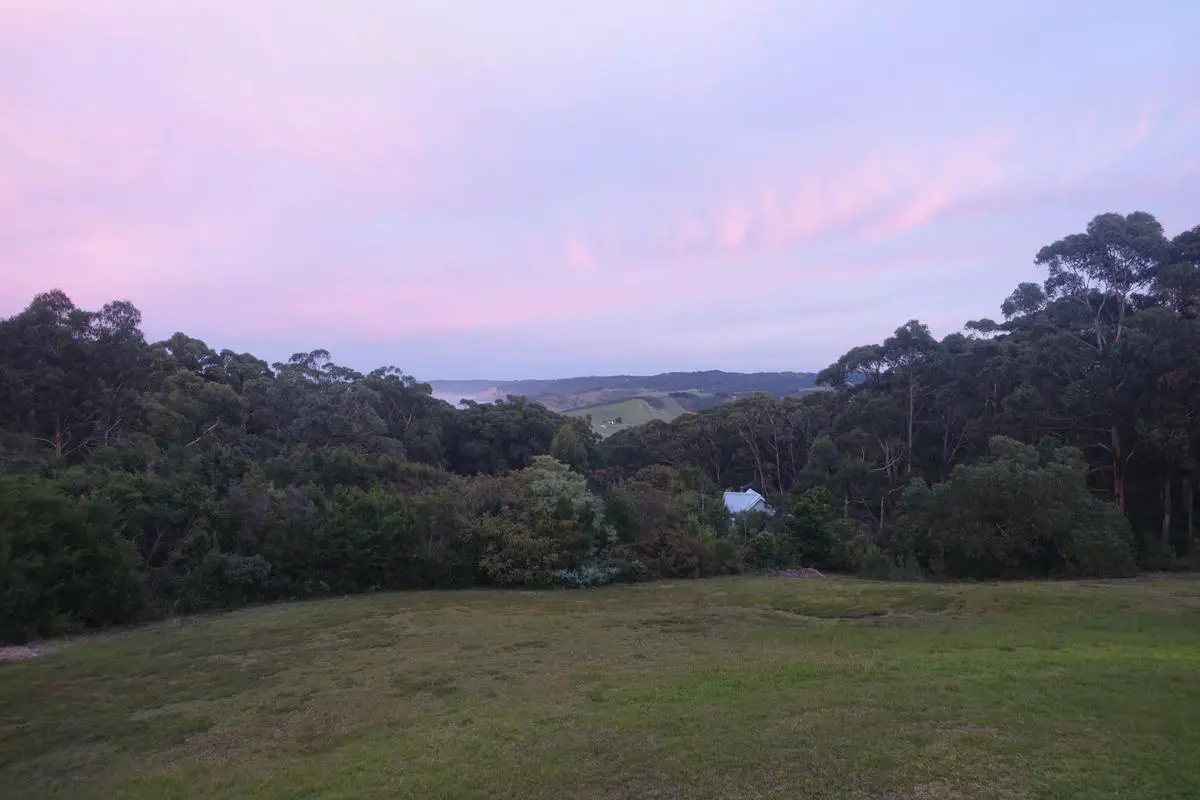
Lavers Hill
9:45am – We stopped by Lavers Hill to get top up some fuel for the long drive ahead. Pump prices seem to vary significantly across the Great Ocean Road, and it appears bigger towns have better prices. Distances between pumps can be really huge, so it’s good to be on the safe side. Just the day before, an elderly couple who did not speak English approached us at Triplet Falls. They were precariously low on fuel and did not know where the nearest pump was. We weren’t best placed to help but were the only ones there, so we tried to direct them here. I really hope they made it. About the pumps, most of those on the Great Ocean Road were of the retro sort, which was cool.


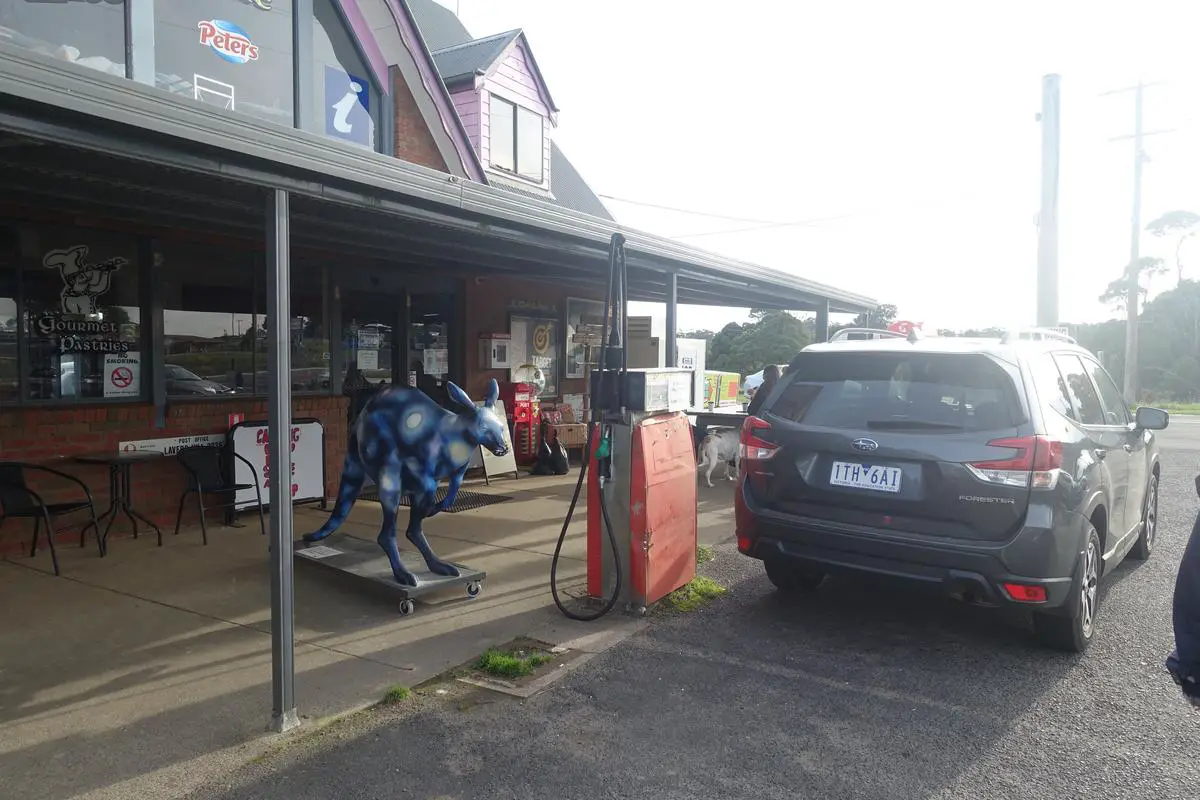
Gibson Steps
10:30am – The Great Ocean Road continues within the forest and winds around the hills for awhile more. When it finally emerges and heads for the coast again, the first major stop is Gibson Steps. There’s a carpark next to the steps which go a steep way down to the beach. If the carpark is full you could also park at the 12 Apostles carpark, then walk 1.1km to Gibson Steps.
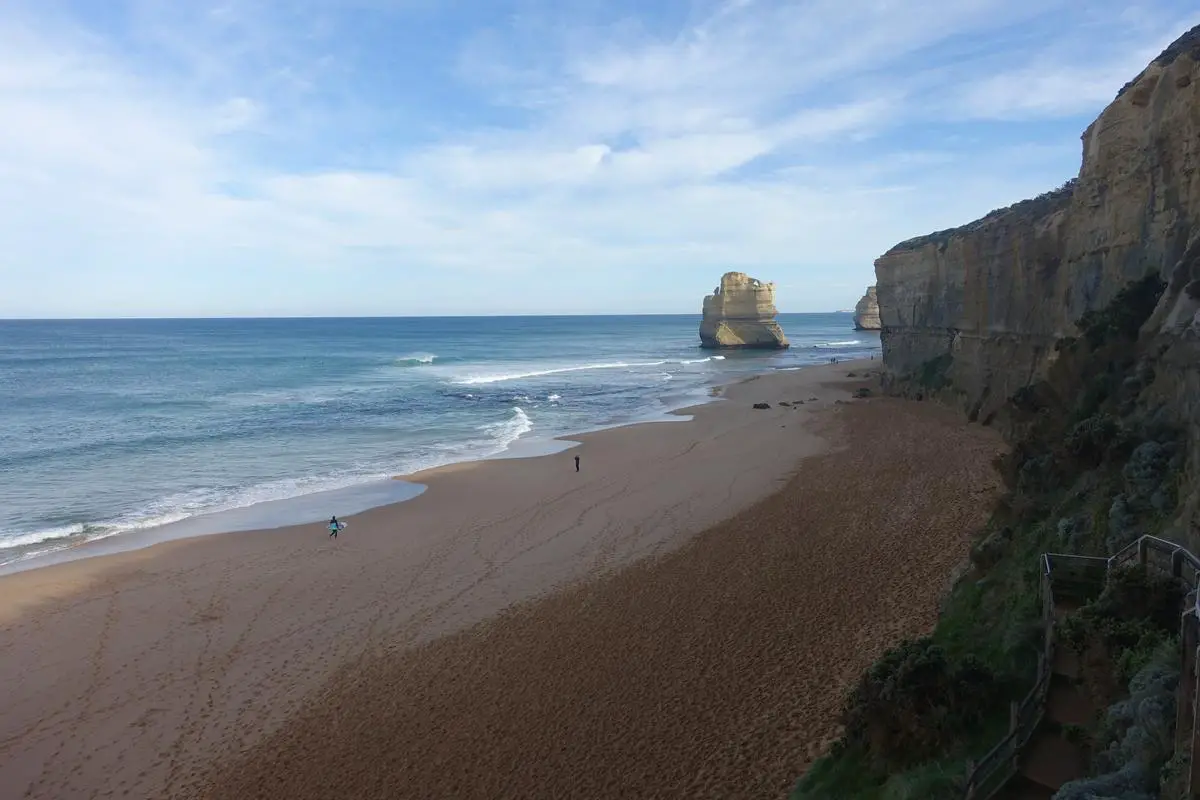
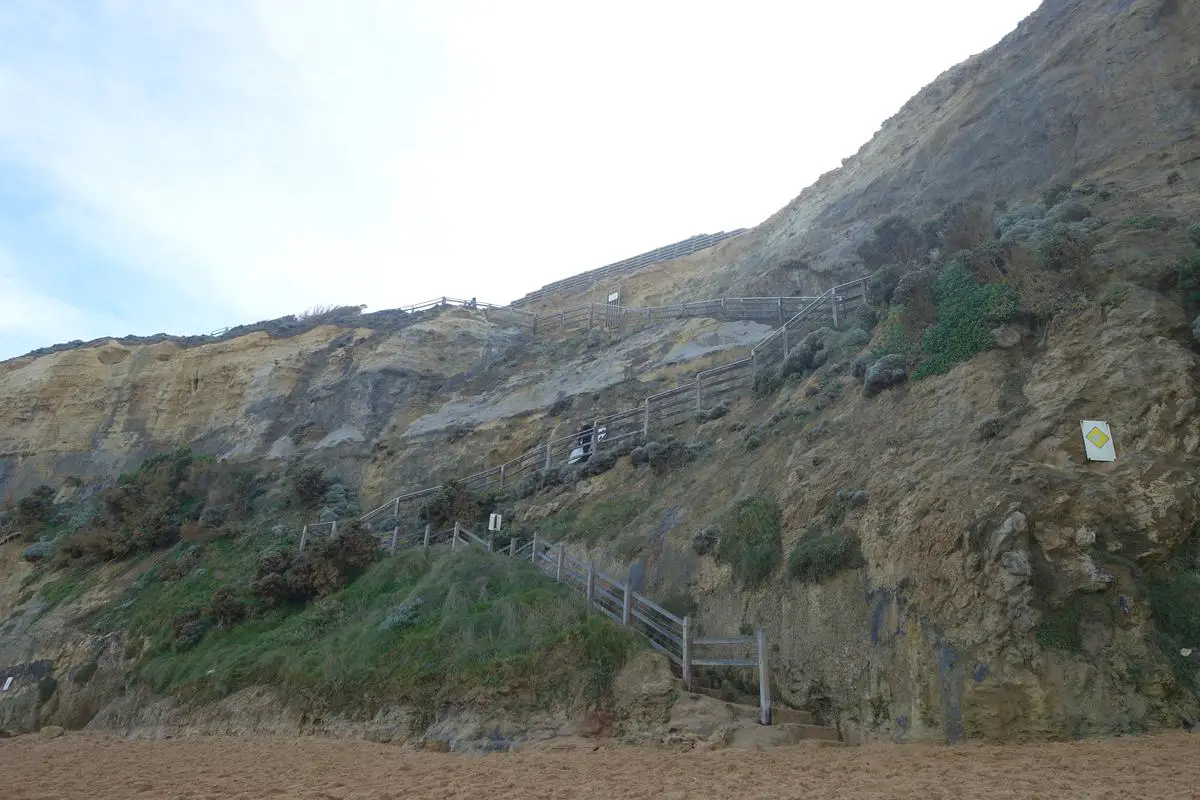
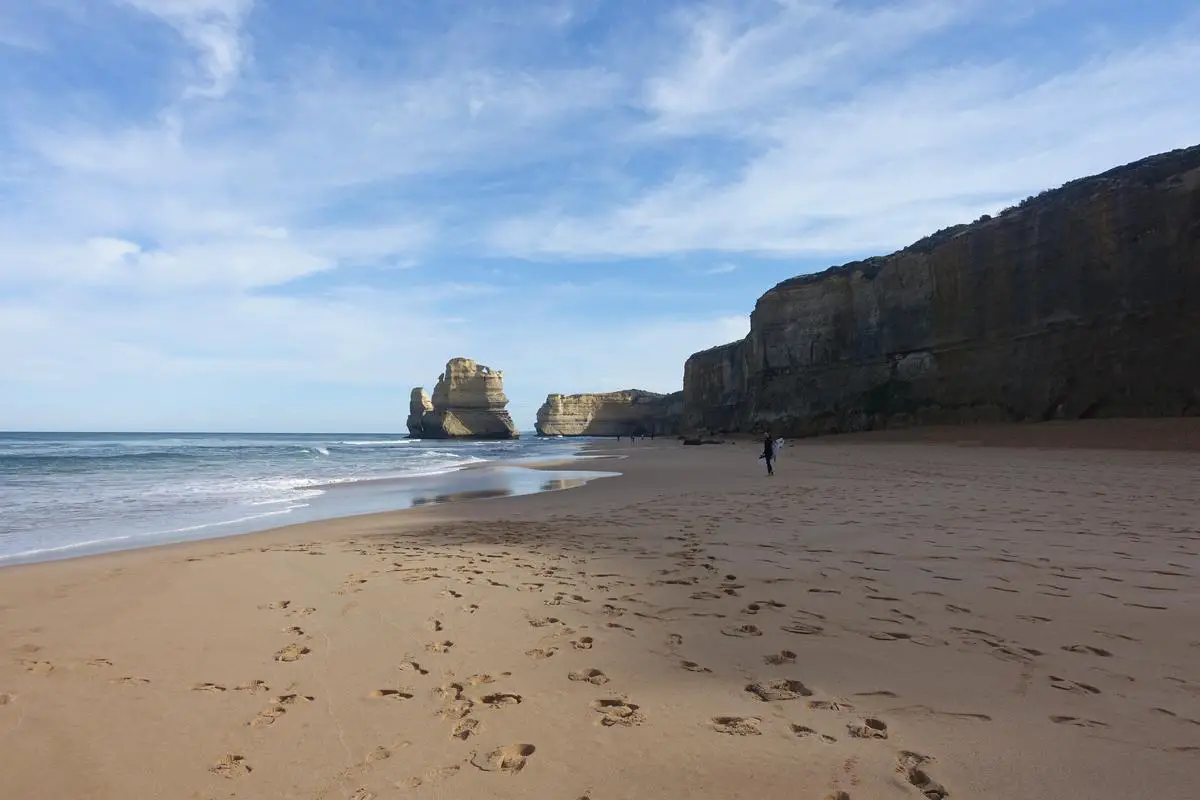
This path has been in use by Aboriginal communities for centuries. More recently (in the 1800’s), a settler Hugh Gibson carved the steps now known after him. Along this section of the coast, 2 spectacular limestone stacks, affectionately known as Gog and Magog, rise from the sea.
The Twelve Apostles
11:00am – Just a couple of minutes from Gibson Steps is the Twelve Apostles, what almost any tourist would have came to the Great Ocean Road for. The view was breathtaking, but there was nothing close to twelve “apostles” standing. The viewing platform is a couple of minutes walk from the carpark. I think we came at a good time too, with amazing weather and without the crowds. Definitely a popular spot among Singaporeans, if there was anything to be gleaned from the crowds.


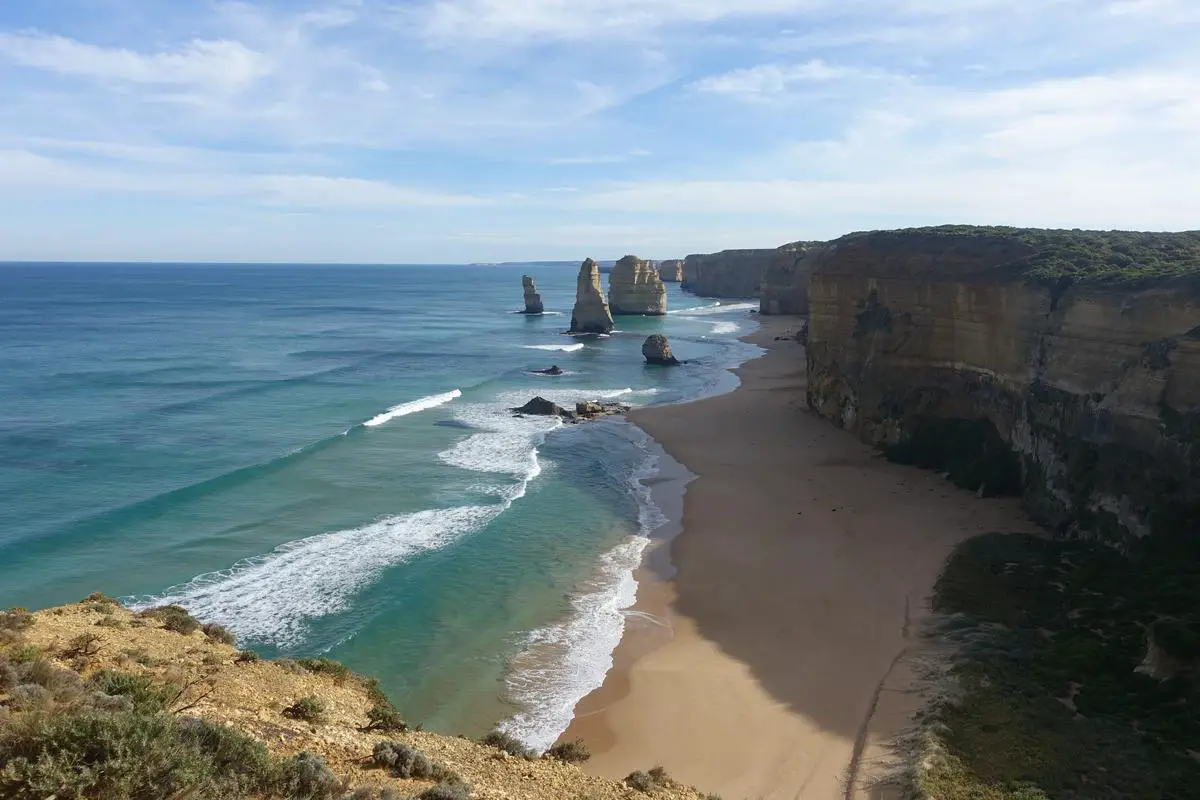
The Twelve Apostles were the Sows and Pigs up till 1960, when they were renamed for marketing purposes. Even then, there were only nine limestone stacks, and eight now, after one collapsed in 2005. Directly in the fury the Southern Ocean, more of the “apostles” are expected to fall. On the other hand more of the coast is expected to be eroded away to form new “apostles”. Almost anywhere along the Great Ocean Road is a great spot to witness geography lessons in action.
The Razorback/ Tom and Eva Lookout
12:15pm – Another 4km down the Great Ocean Road is another cluster of attractions. The Razorback and Tom and Eva Lookout are on the same path from the carpark. The Razorback is a long and narrow formation. Tom and Eva Lookout was not named after a love story, but a tragic one related to the next stop.



Loch Ard Gorge
12:45pm – Loch Ard Gorge is a beautiful spot with a nice sandy beach flanked by tall cliffs. It was calming just sitting on the beach watching the waves weave through the gorge and gently lap onto the shore. The story which give rise to its name though, was less peaceful.
In 1878, a ship sailing from England named Loch Ard ran aground at Mutton Bird Island nearby and sank. Fifty two passengers and crew died, while only two survived – Tom Pearce and Eva Carmichael. Tom was washed ashore at the gorge and he rescued Eva shortly after. Given the ease and safety of traveling between continents these days, it’s hard to imagine the risks and considerations people a century and a half ago had to go through when deciding whether to make the trip to Australia .
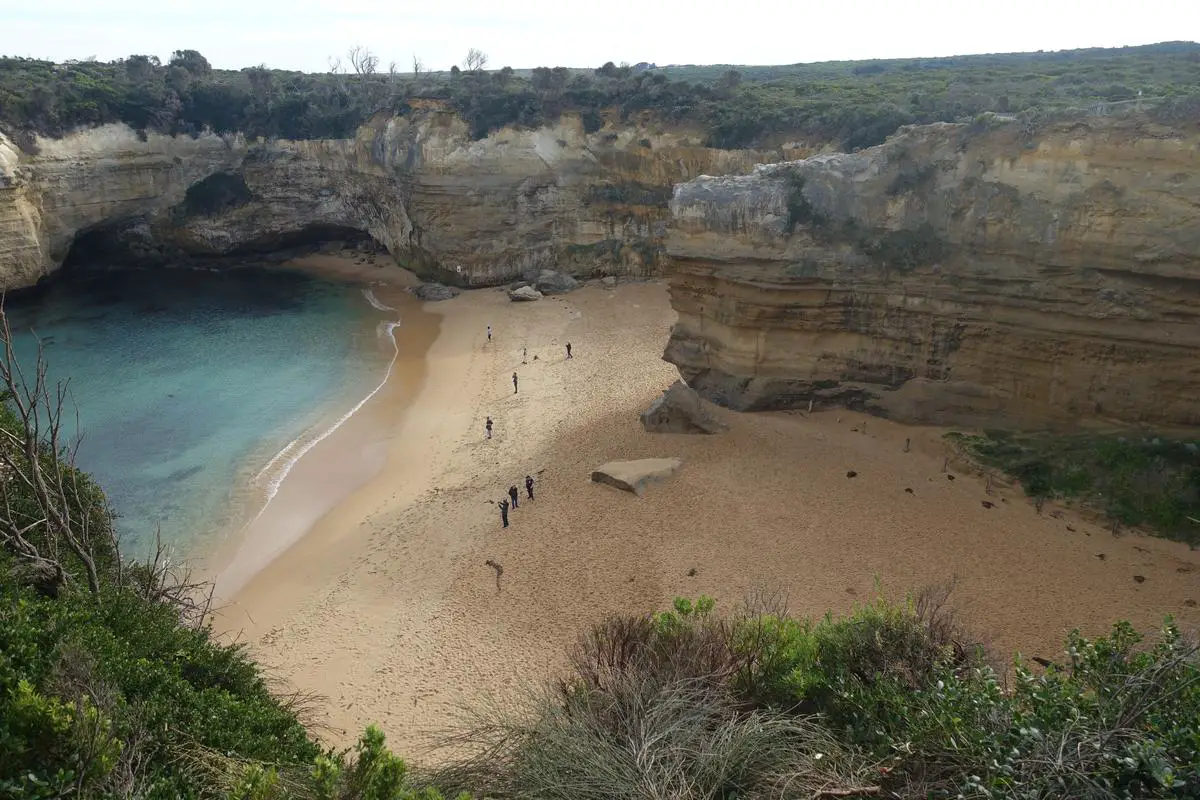
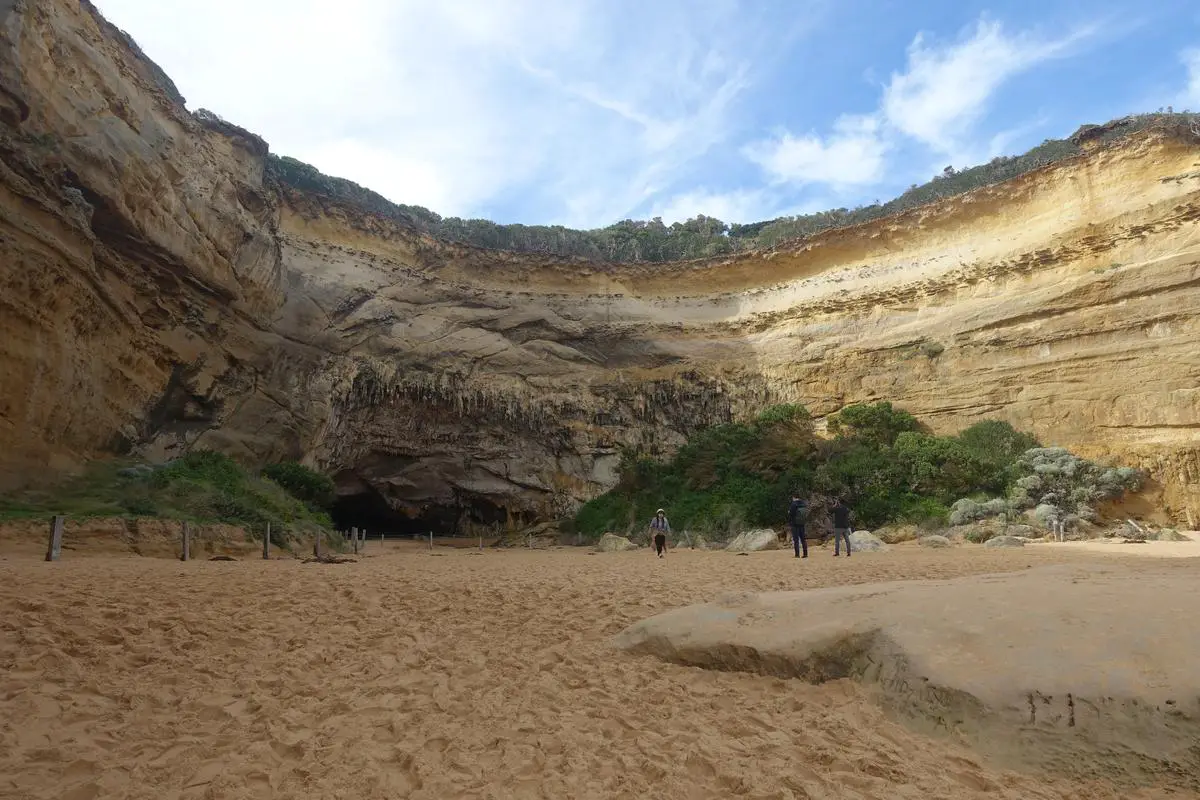
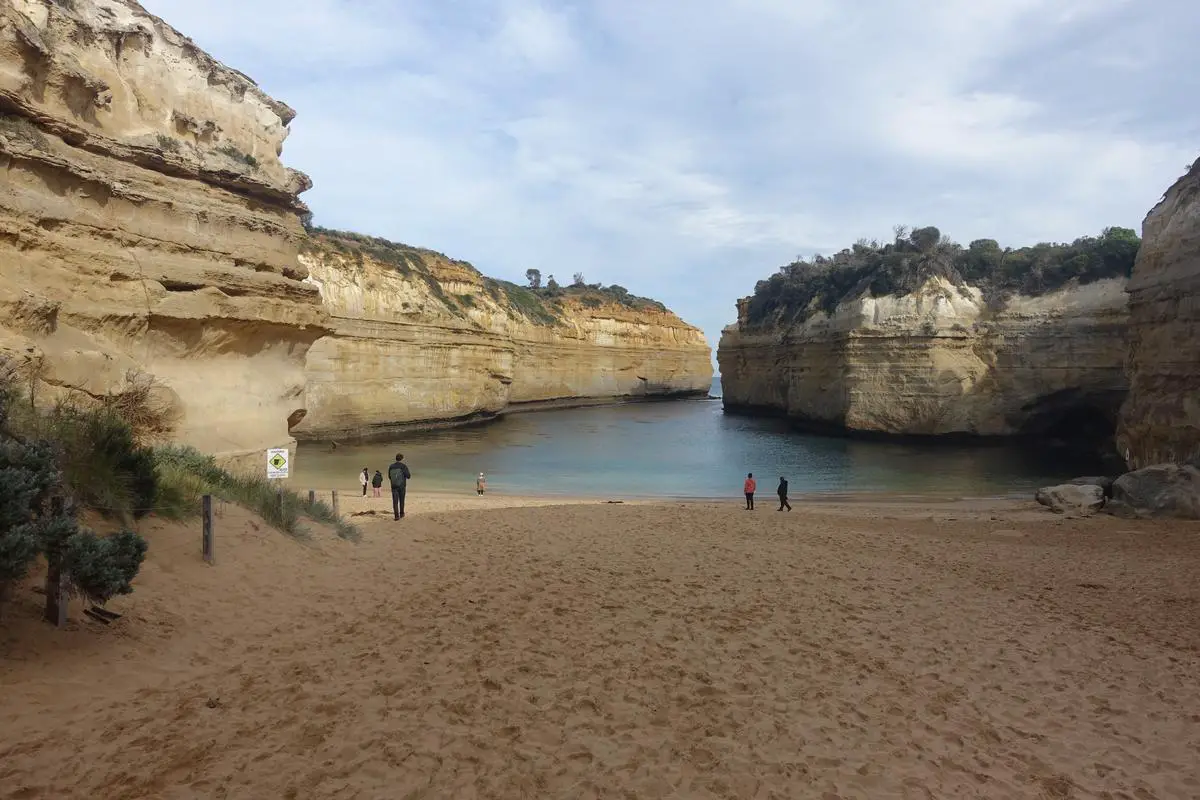
Thunder Cave
1:30pm – Thunder Cave is the last attraction in the Lord Ard cluster. We skipped a few other stops here such as the Mutton Bird Lookout. To save some walking, it’s possible to drive to a carpark that’s nearer to Thunder Cave. From that nearer carpark there’s yet another short walk to get to the lookout. It was amazing watching the waves surge through the cave and crash on the walls.

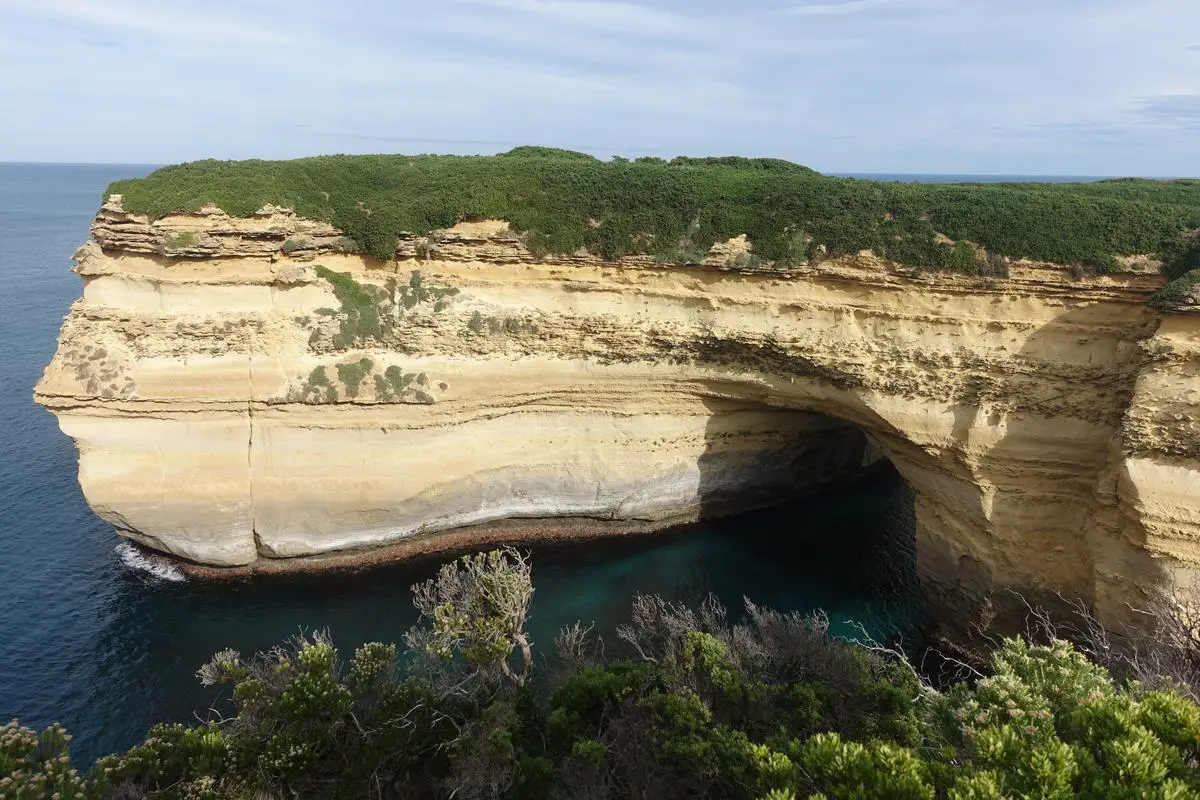
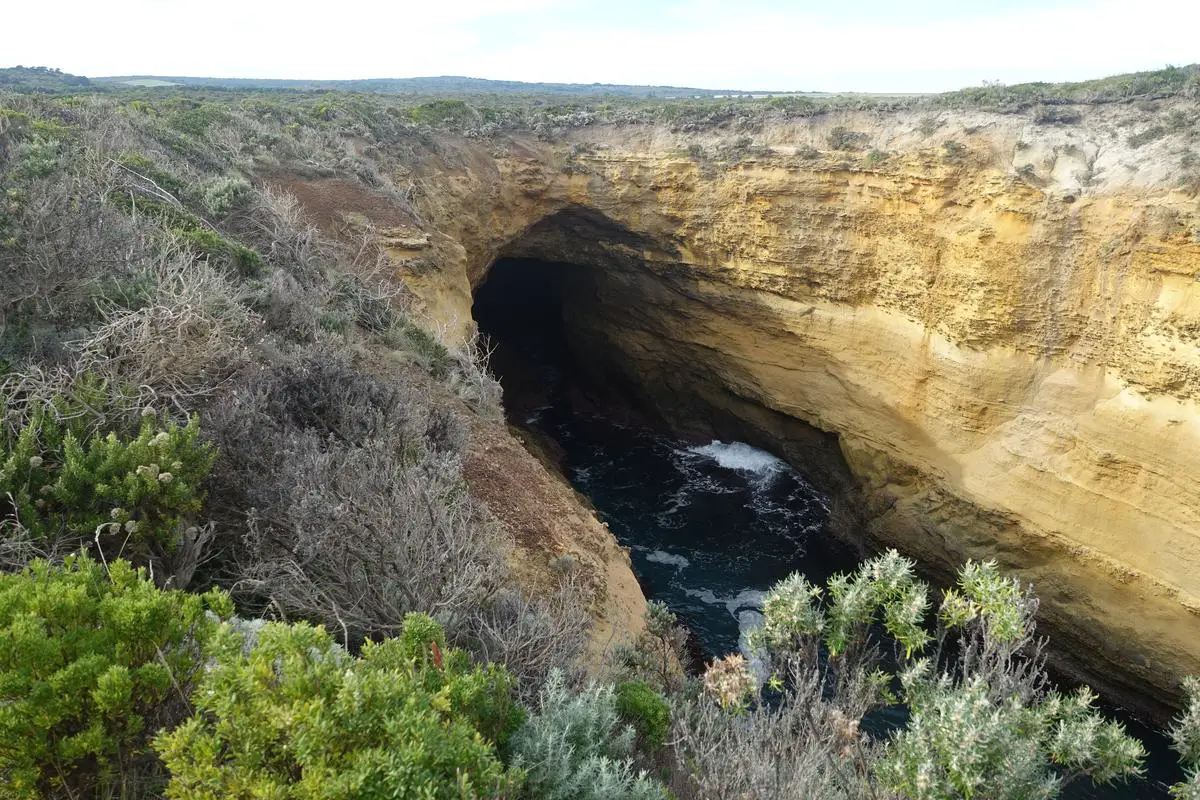
Port Campbell/ 12 Rocks Beach Bar Cafe
2:30pm – After Thunder Cave, we stopped by Port Campbell for lunch and to refuel. We had topped up sparingly in the morning in hope of better pump prices. For lunch, we decided on 12 Rocks Beach Bar Cafe, which had a nice alfresco area and decent food. We got coffee from the nearby cafe (appears to be Forage on the Foreshore) but that looked like a good option for a meal too. For our refueling it was at an old looking pump station with an ominous sounding take-away onsite, Frying Nemo.

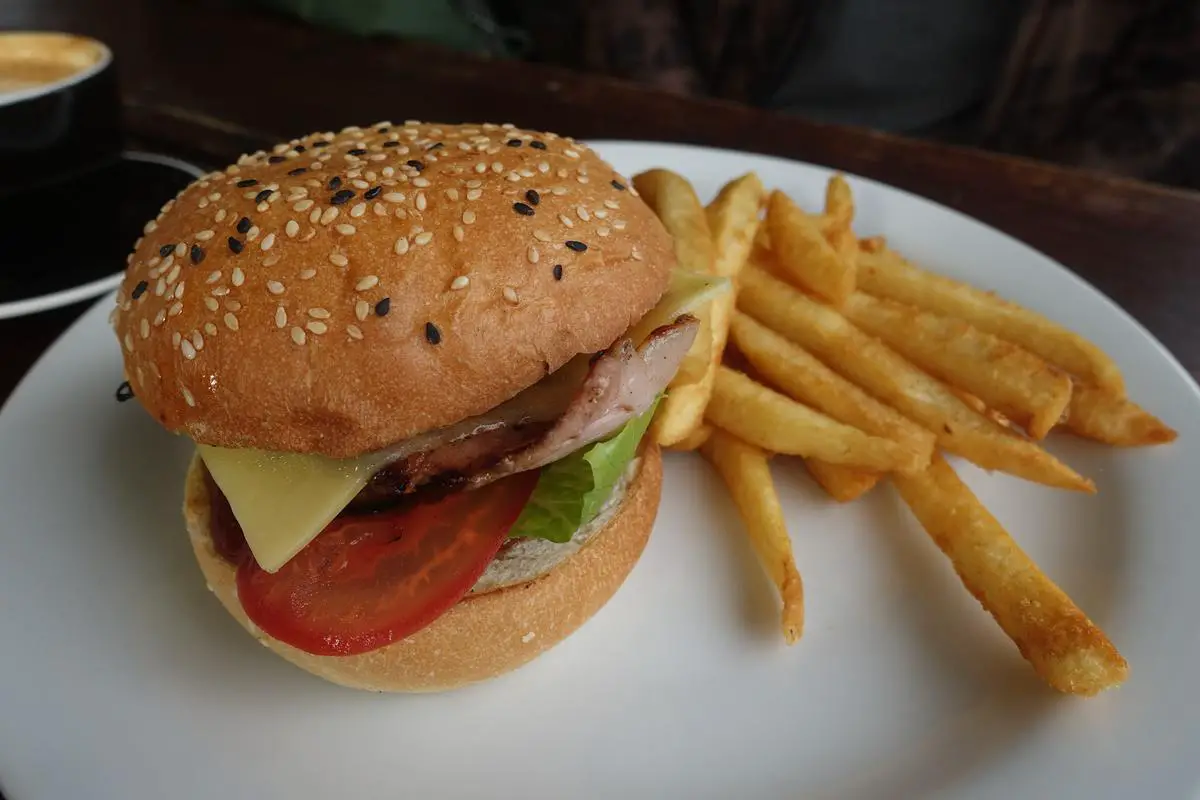

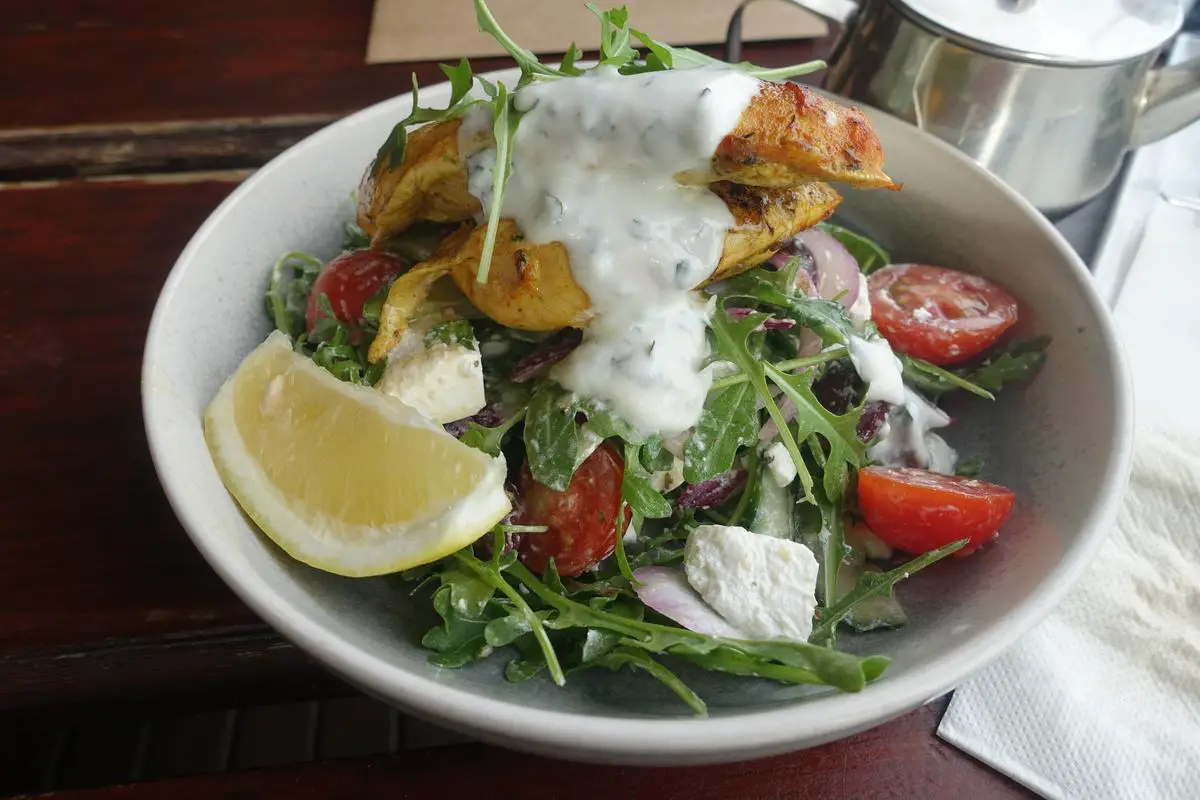

London Bridge
3:30pm – Later that afternoon on the Great Ocean Road, the clouds gathered and crowds scattered. Our next stop was London Bridge, or more of an arch these days. In 1990, the section nearest to shore collapsed, leaving 2 tourist stranded for a couple of hours. Now, the isolated single arch remains.
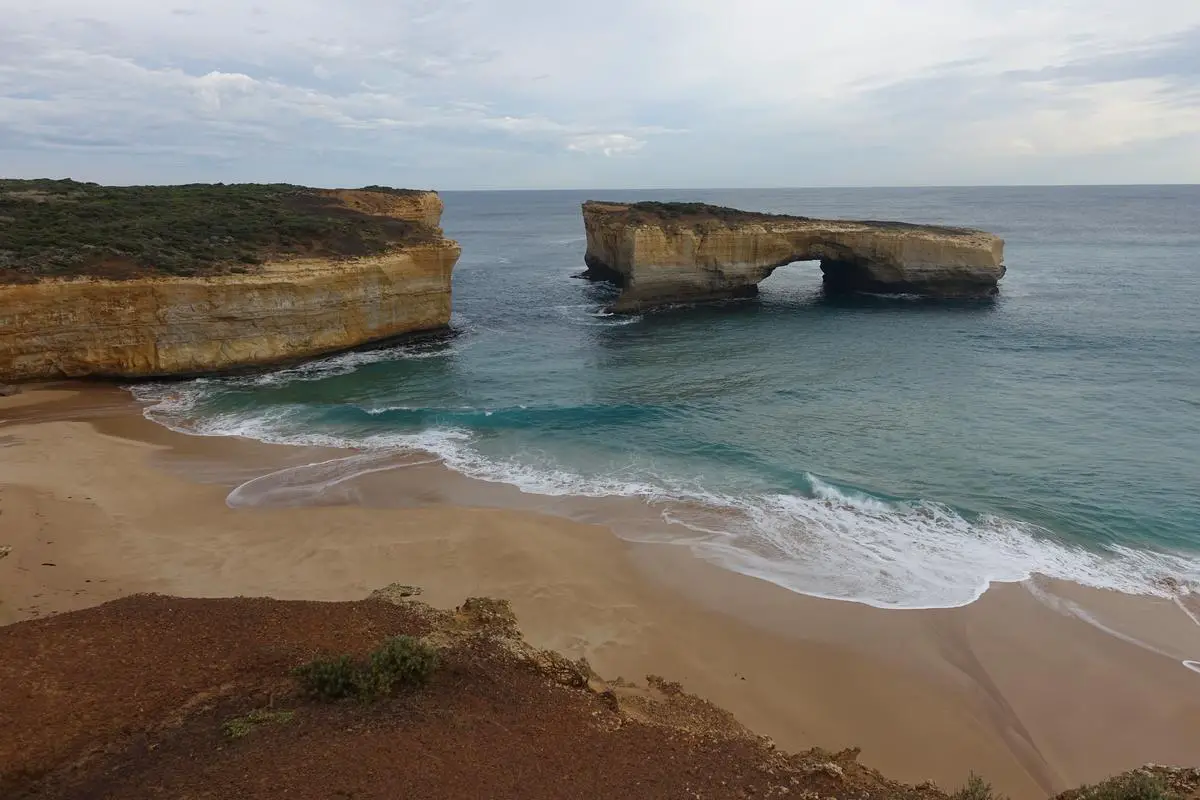

The Grotto
4:00pm – The Grotto is an arch that’s still connected to the shoreline. The unique geography of the surrounding area created this arch and its shallow pools which can be viewed up close via a short stretch of stairs.
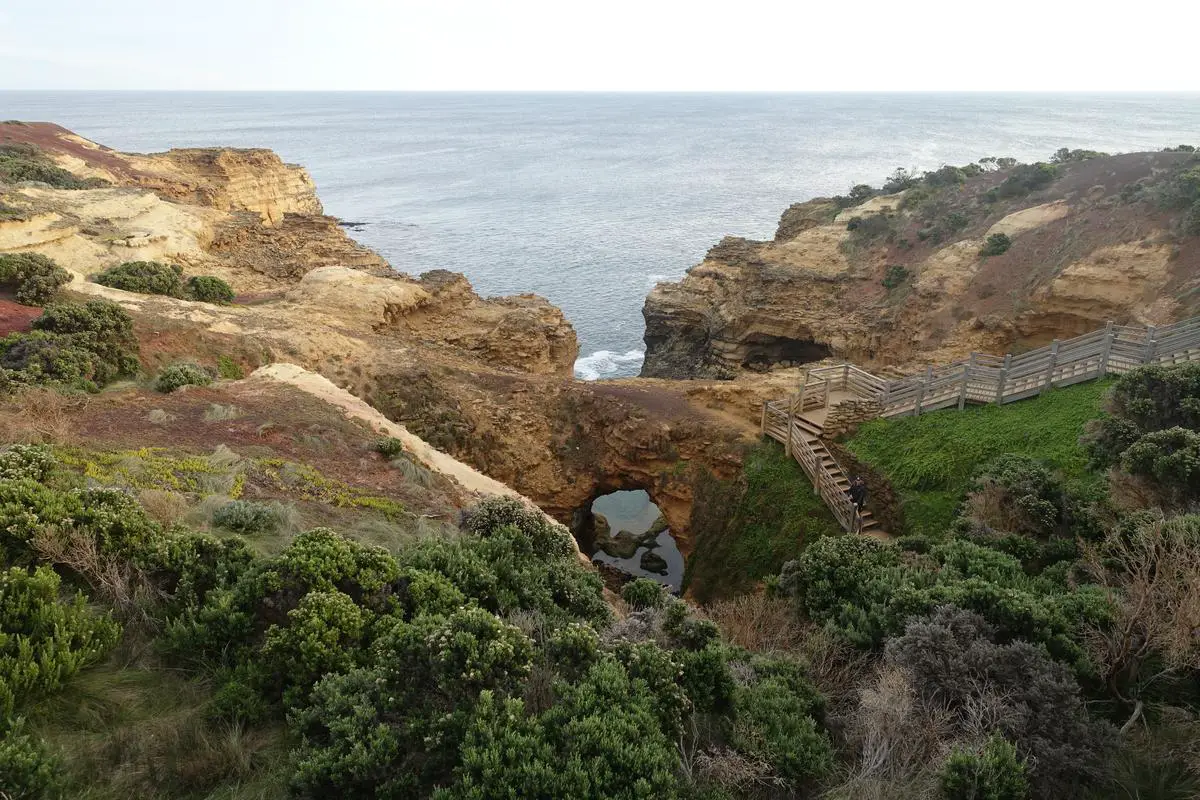

Bay of Islands
4:30pm – It was close to sunset when we arrived at the Bay of Islands, an area of little rocky outcrops. Birds covered the cliffs as they flocked home to nest. From far it was hard to spot them but we fortunately had a pair of binoculars. I’d definitely recommend bringing a pair. While we weren’t as close as we were to the penguins at Phillip Island, it was fascinating observing these birds from afar.
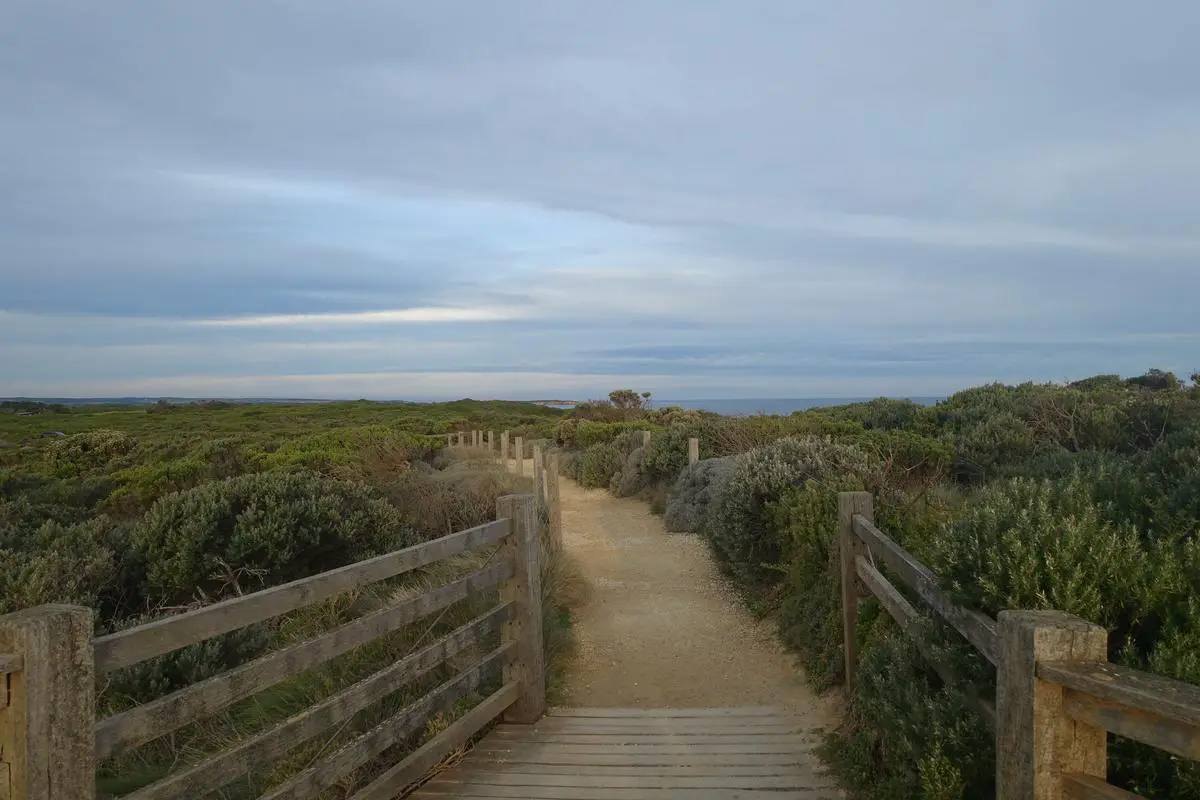

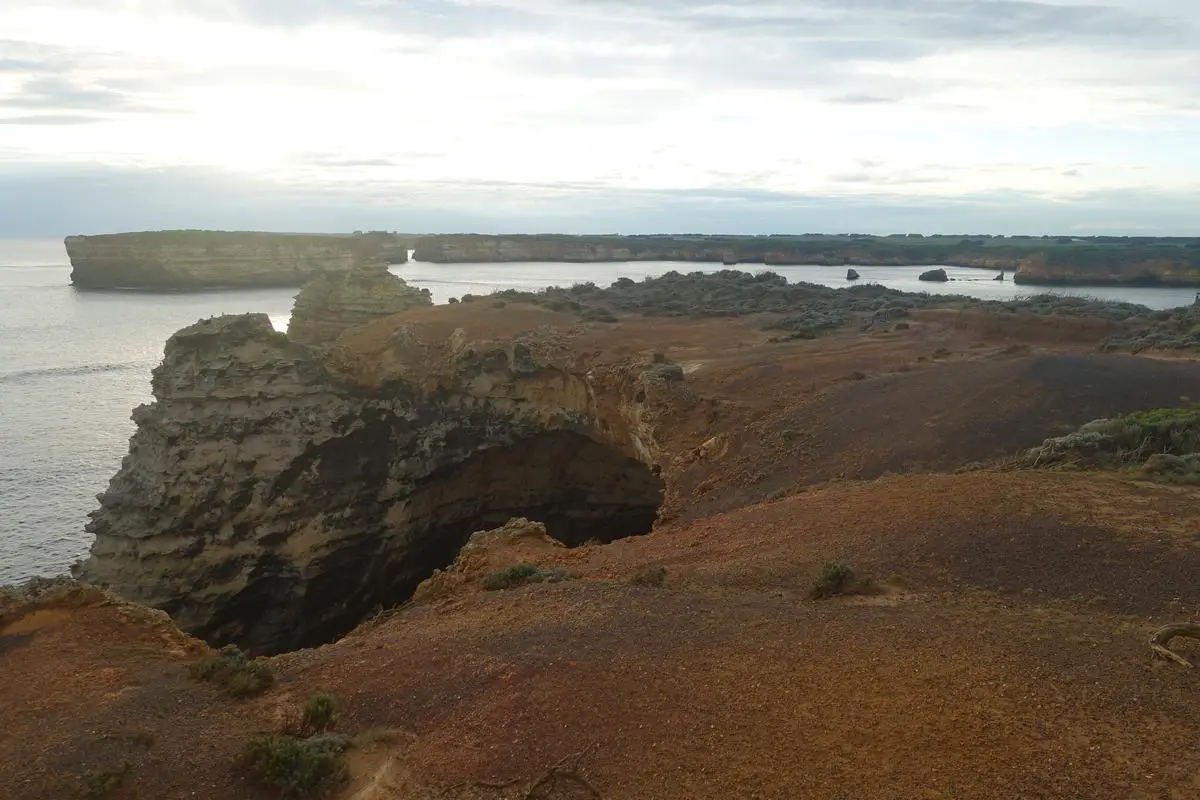
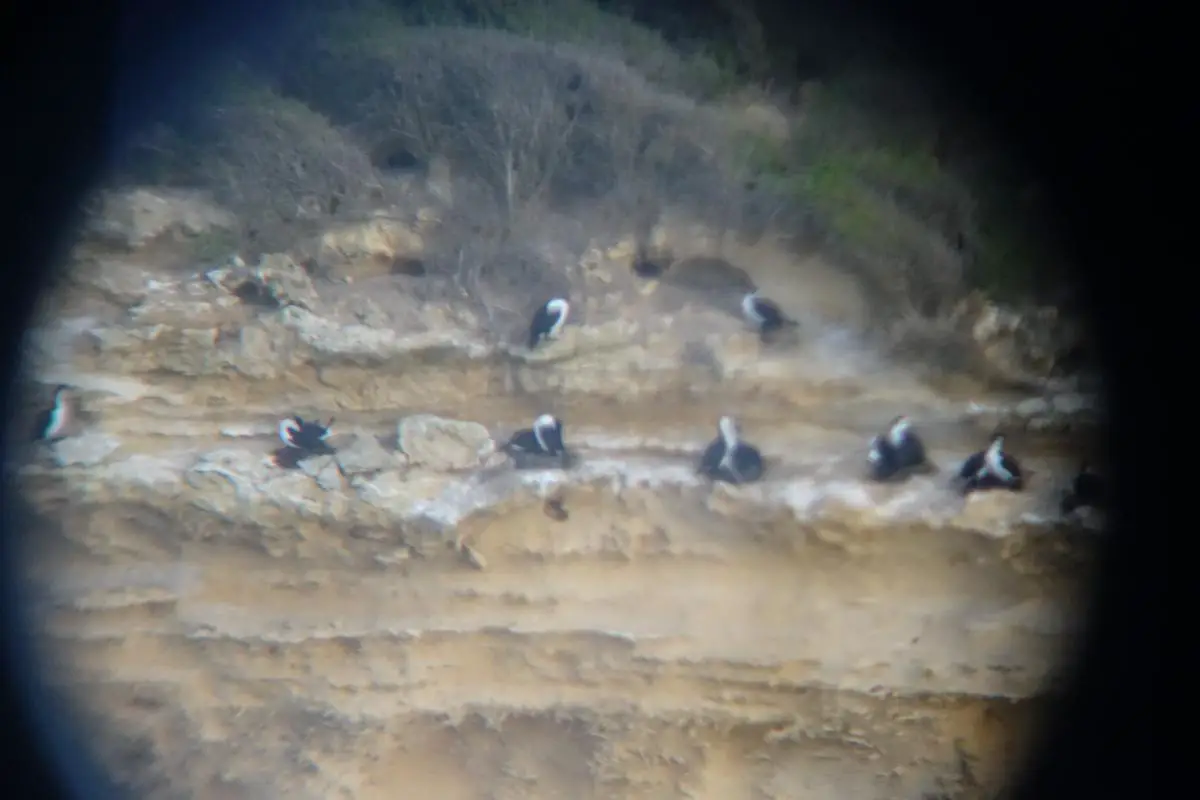
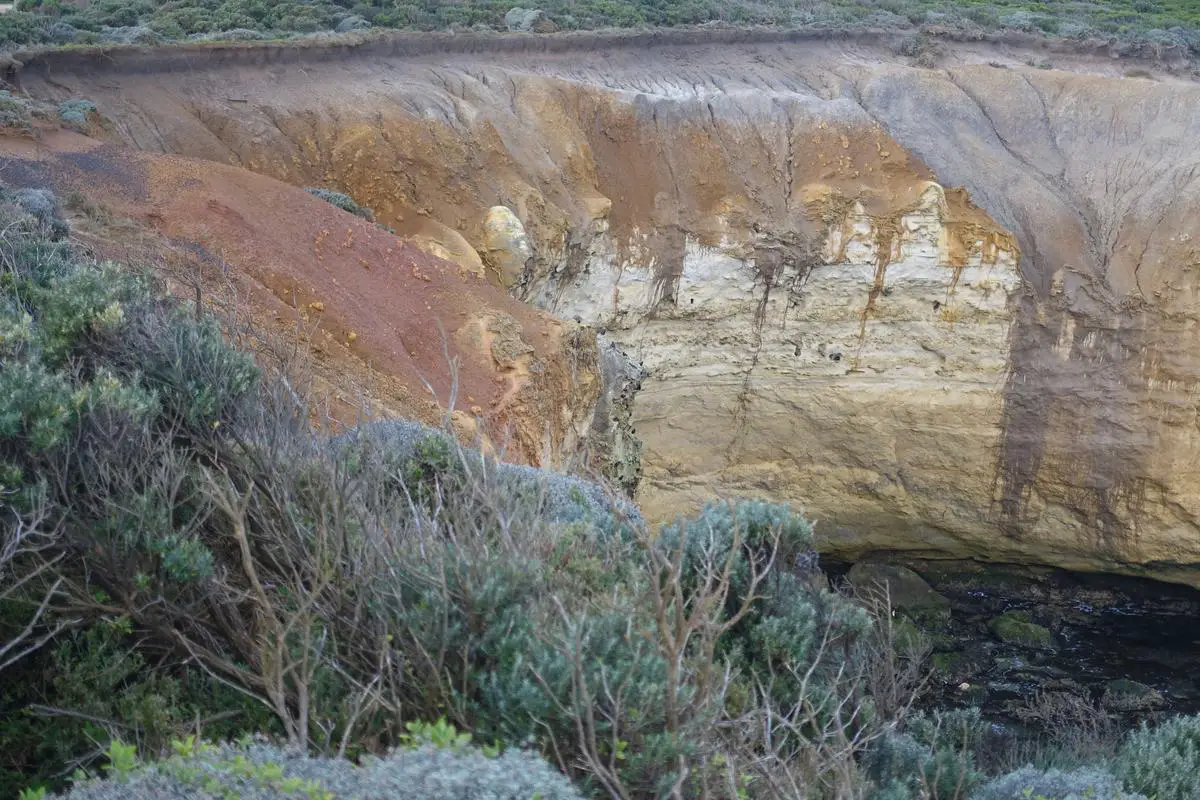
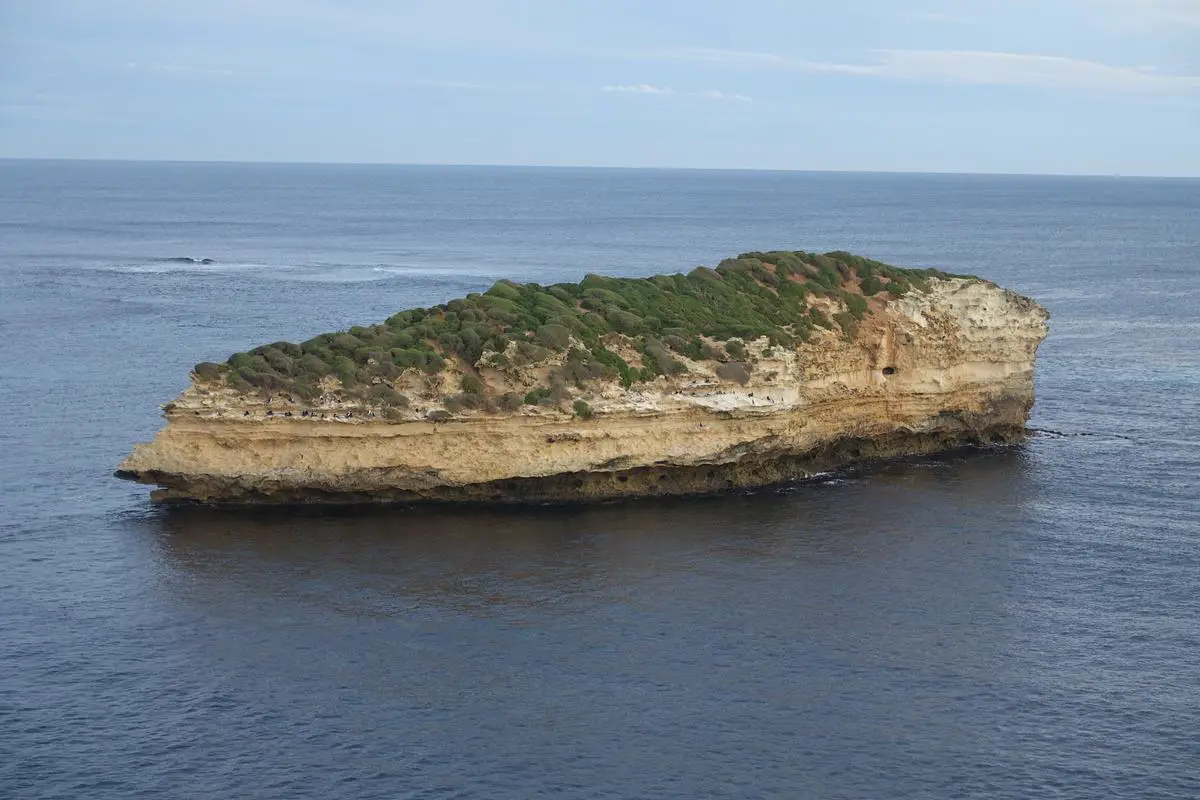

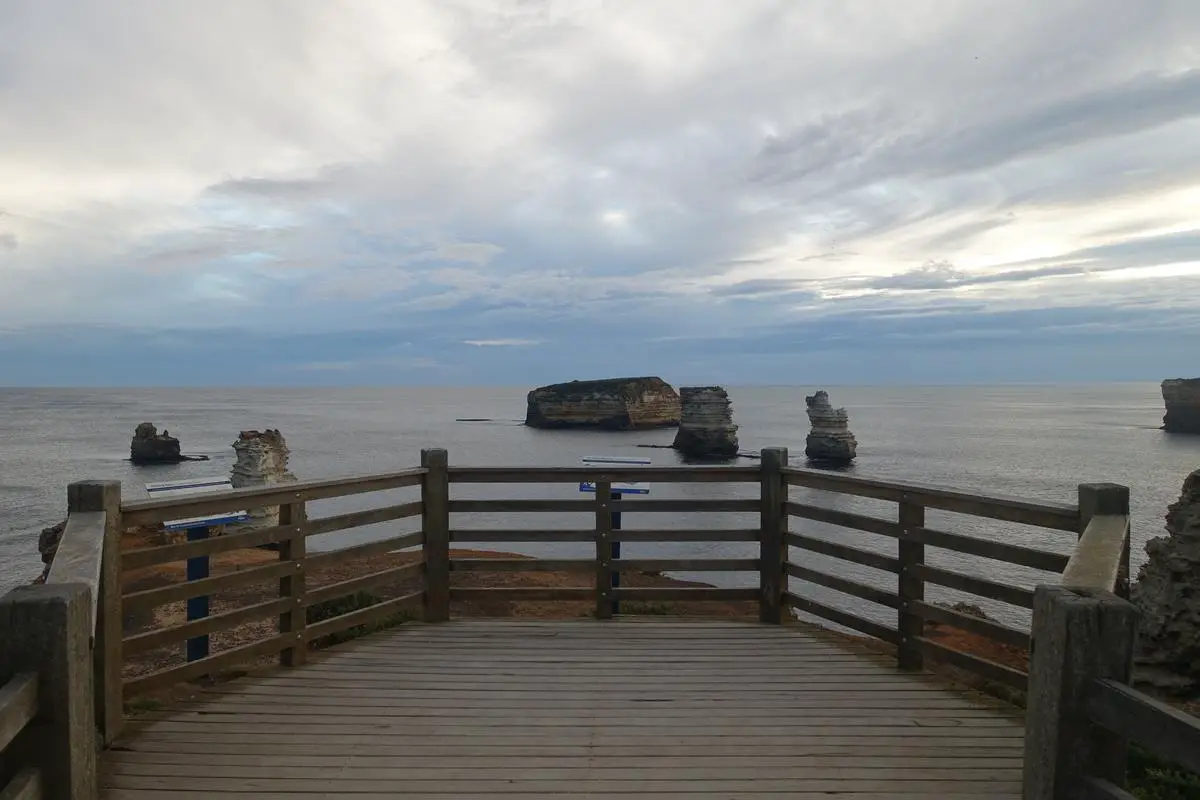
Bay of Martyrs
5:15pm – We initially drove past the Bay of Martyrs, but since there was some time left we made a quick stop. By now most of the coastal formations started to look similar. The beaches along Bay of Martyrs made the cliffs look less imposing and more inviting than some of those earlier. It was a great way to end the day, watching the sun fade in the distance, and waves lapping ashore.
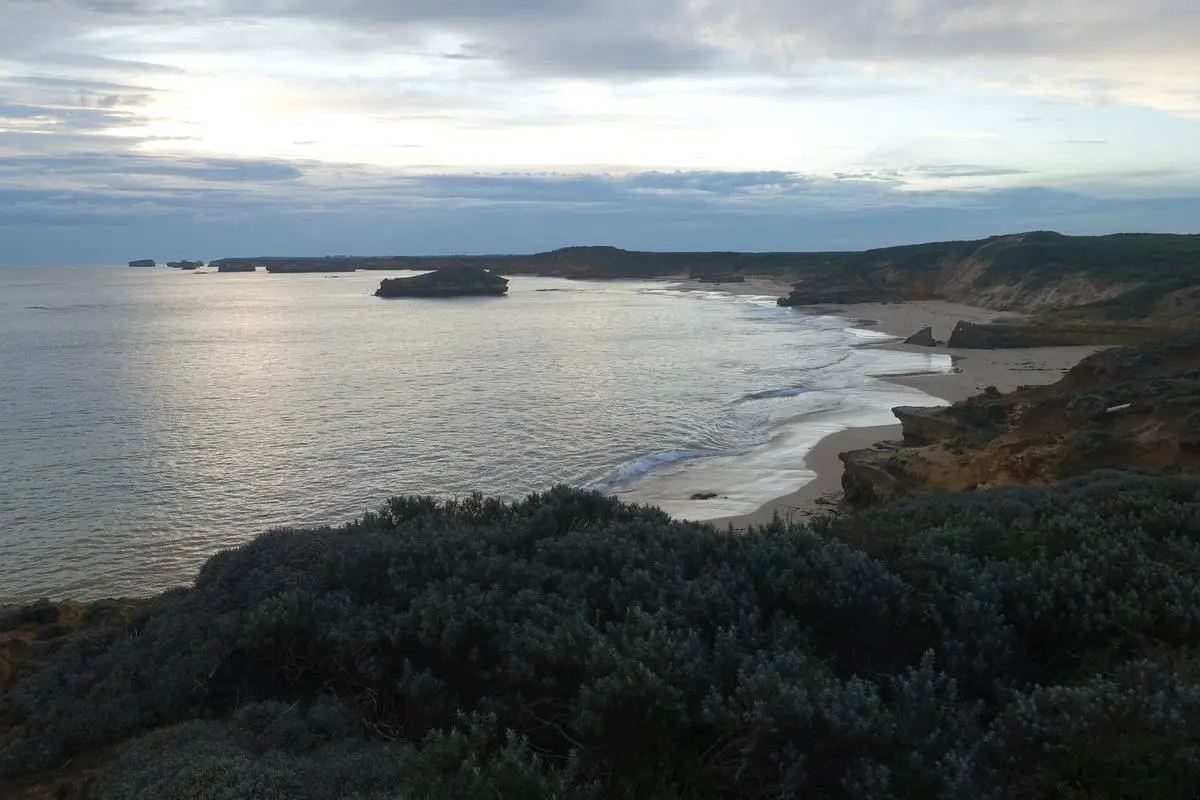
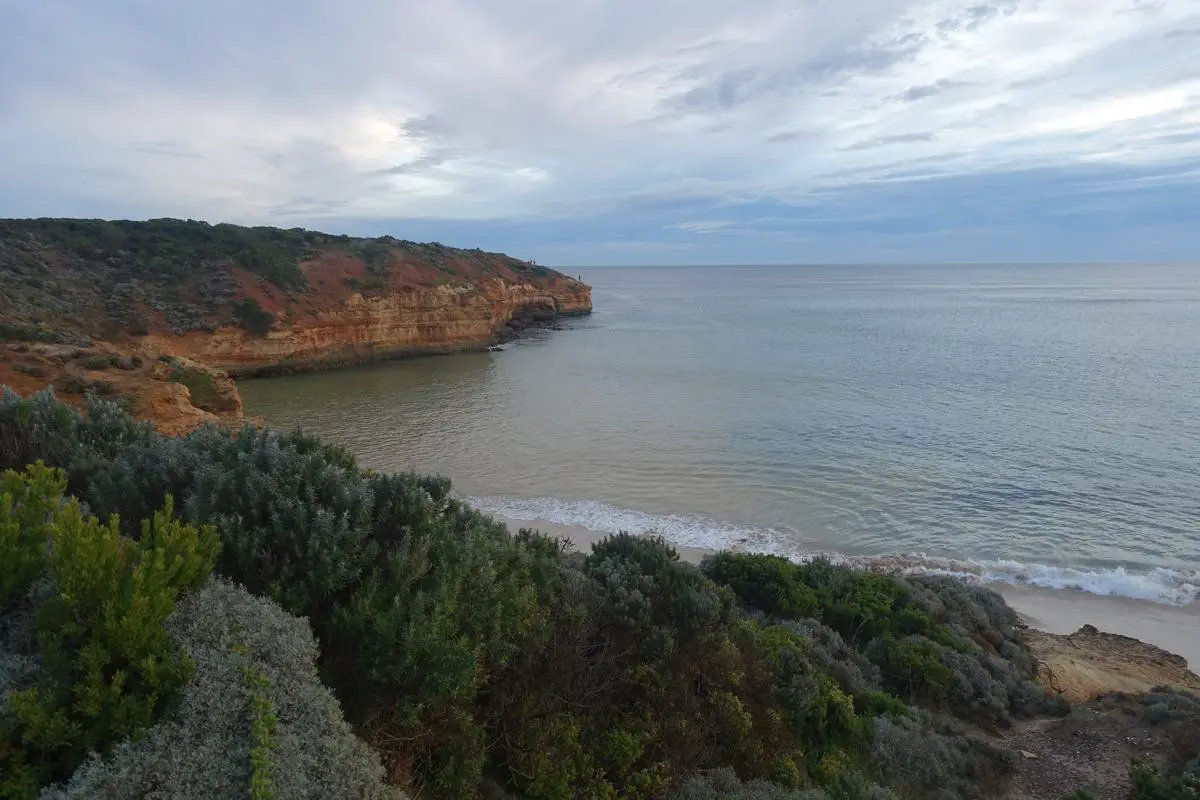


What was left for the day was a long drive all the way back to Johanna. Back in Johanna, we had our last cookout with the stars. We would have enjoyed eating under the stars too, but it started to get cold so we retreated indoors.
Great Ocean Road Day 4/ Day 6 on the road – Back to Melbourne
9:00am – Last day on the Great Ocean Road, one last time for the spectacular morning view. A few more stops along the Great Ocean Road before returning the car in Melbourne.

We first made a detour to Cape Otway Lightstation but found the grounds closed on the day we arrived. Cape Otway Lightstation is Australia’s oldest surviving lighthouse on the mainland, first lit in 1848. Unfortunately from outside of the lighthouse grounds it was not possible to get even a glimpse of the lighthouse. The lighthouse is closed to visitors on Wednesdays and Thursdays. On the other hand, accommodation options on the grounds of Cape Otway Lightstation are available daily. From their website, these looked great for a unique experience on the Great Ocean Road/ Cape Otway.
Maits Rest Rainforest Walk
10:30am – First stop, Maits Rest Rainforest Walk. Maits Rest Rainforest Walk is an easy half hour walk through the forest, the major attraction being the walk itself.
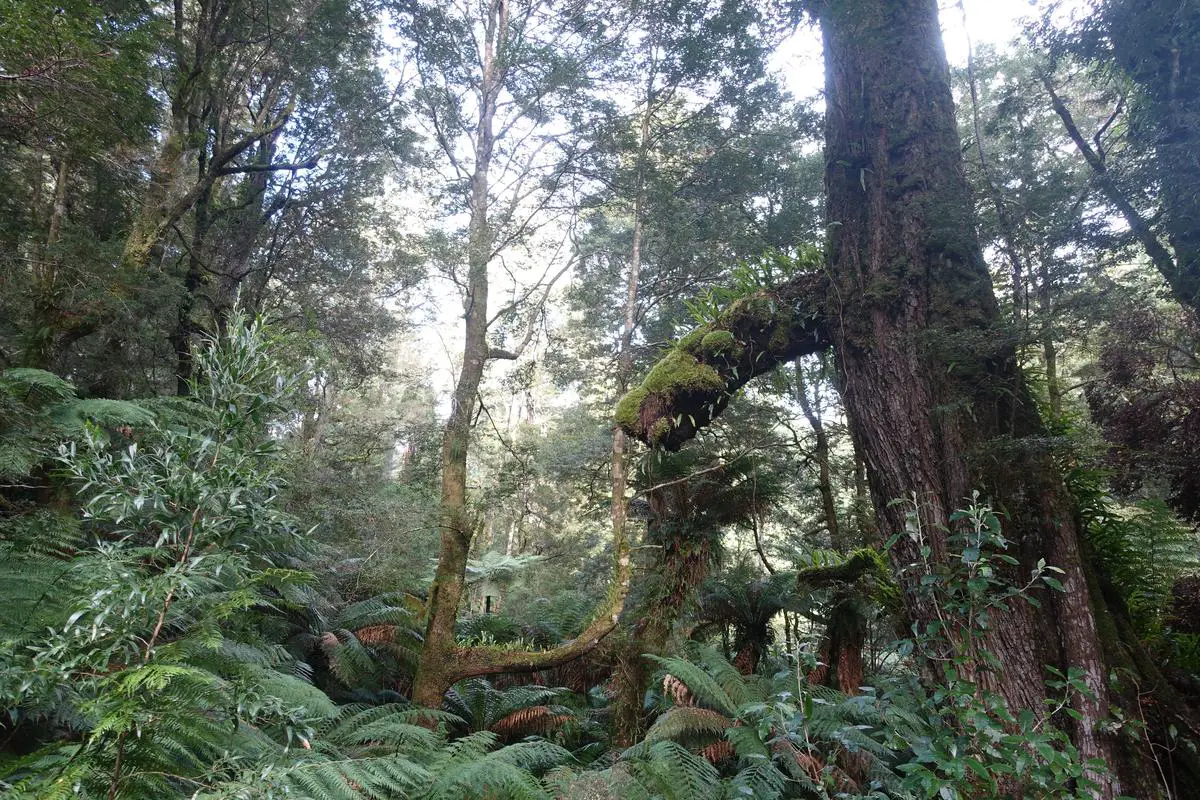




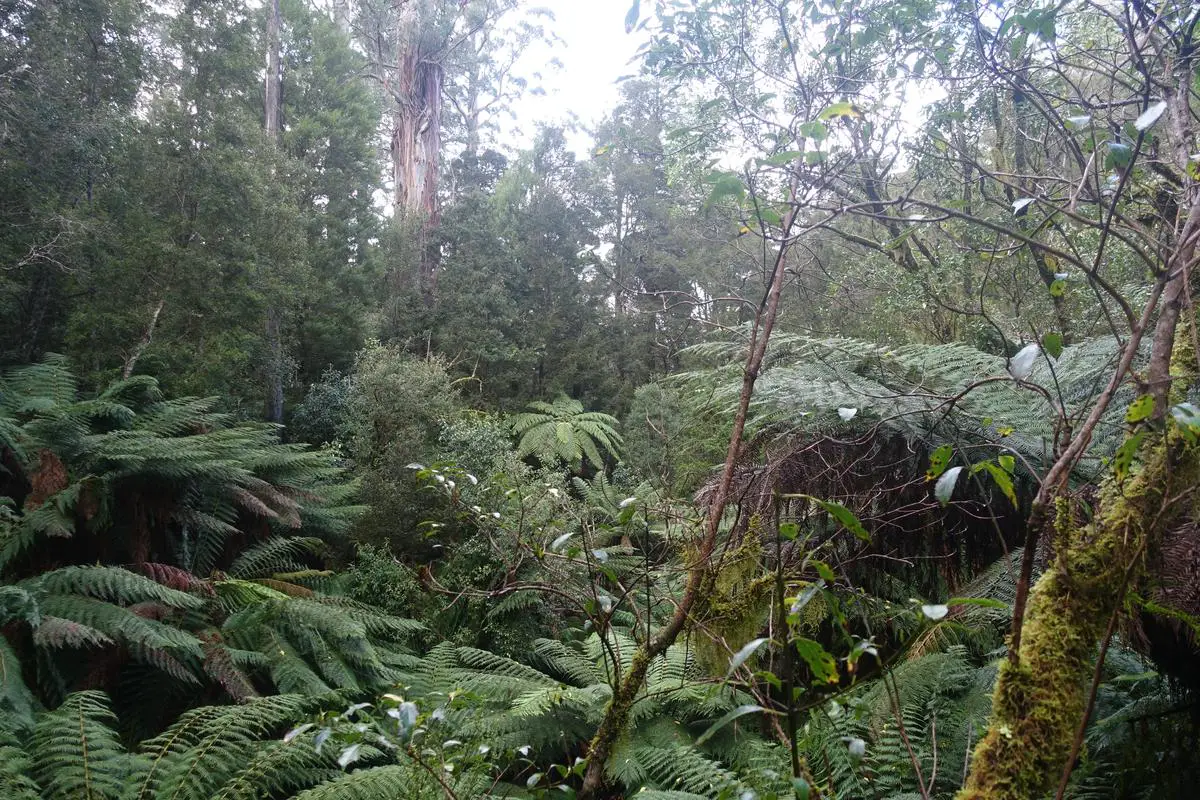
Apollo Bay Marine Co-op
11:30am – We arrived back at Apollo Bay for lunch and headed to the Apollo Bay Marine Co-op for fresh seafood. Traveling with friends was perfect for this. We shared a platter that had a little of everything (added on a half lobster). We were looking forward to the lobster (or crayfish by the locals) and scallops but it was the prawns that blew our minds. Neither of us ever had prawns this fresh, juicy, and tasty before. The rest of the platter was great too. It wasn’t cheap, but anything similar would have costed a lot more back home. If we could even find anything close. The seafood (and scallop pies) would be high on the agenda if I were to return to Apollo Bay.
On the negatives, we were always under the watchful gaze of the seagull gangs, who were too close for comfort. Turning away from your food for anything more than a second might set off a stampede.
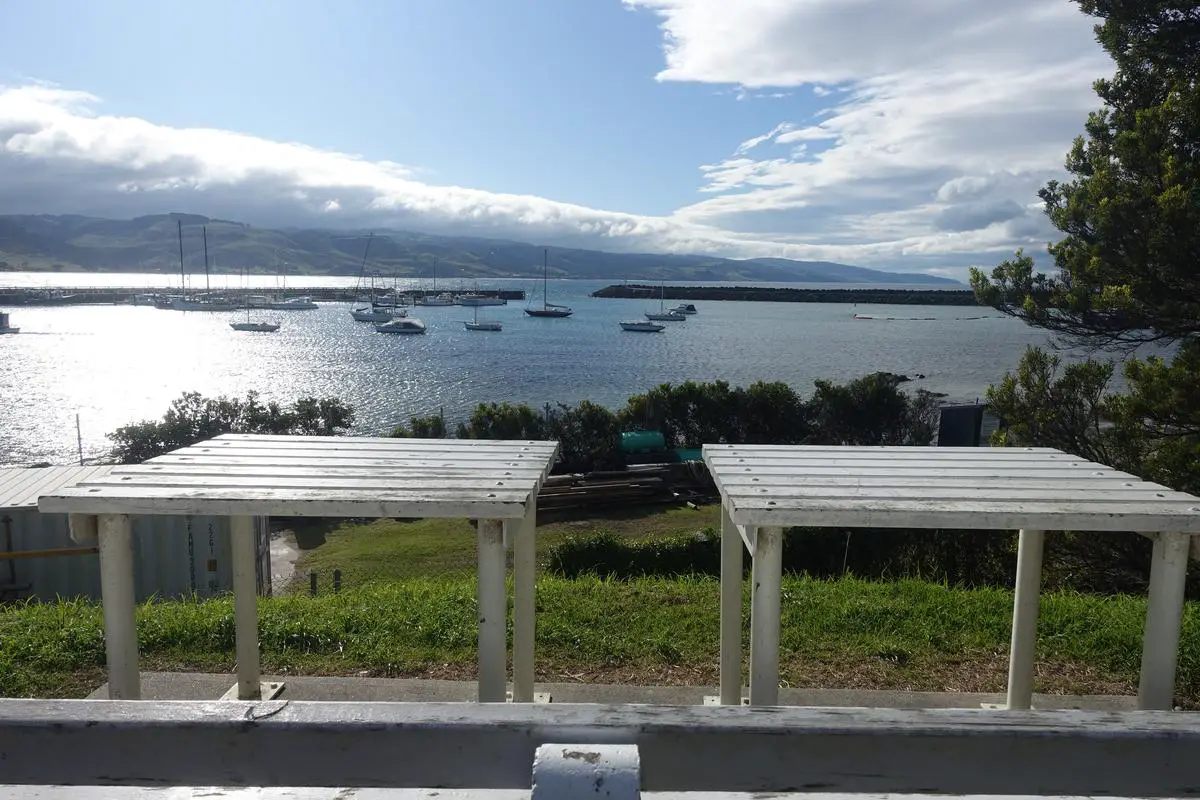
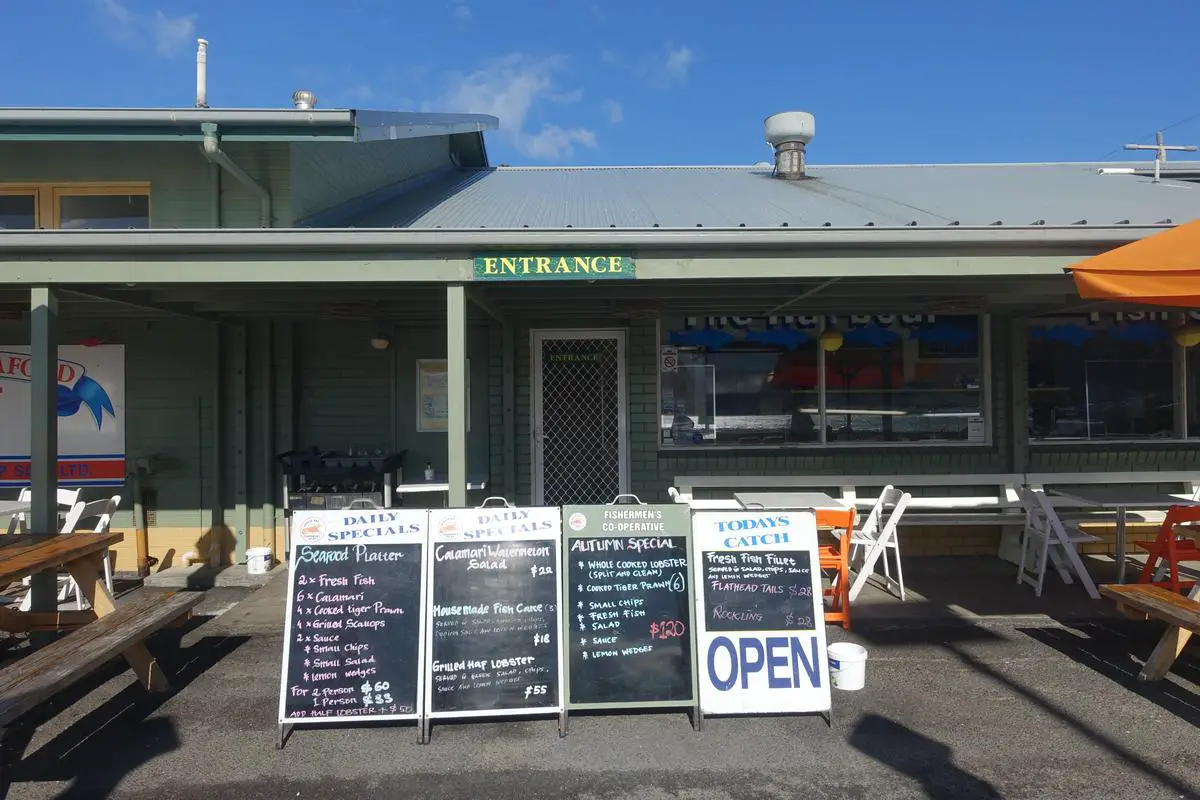
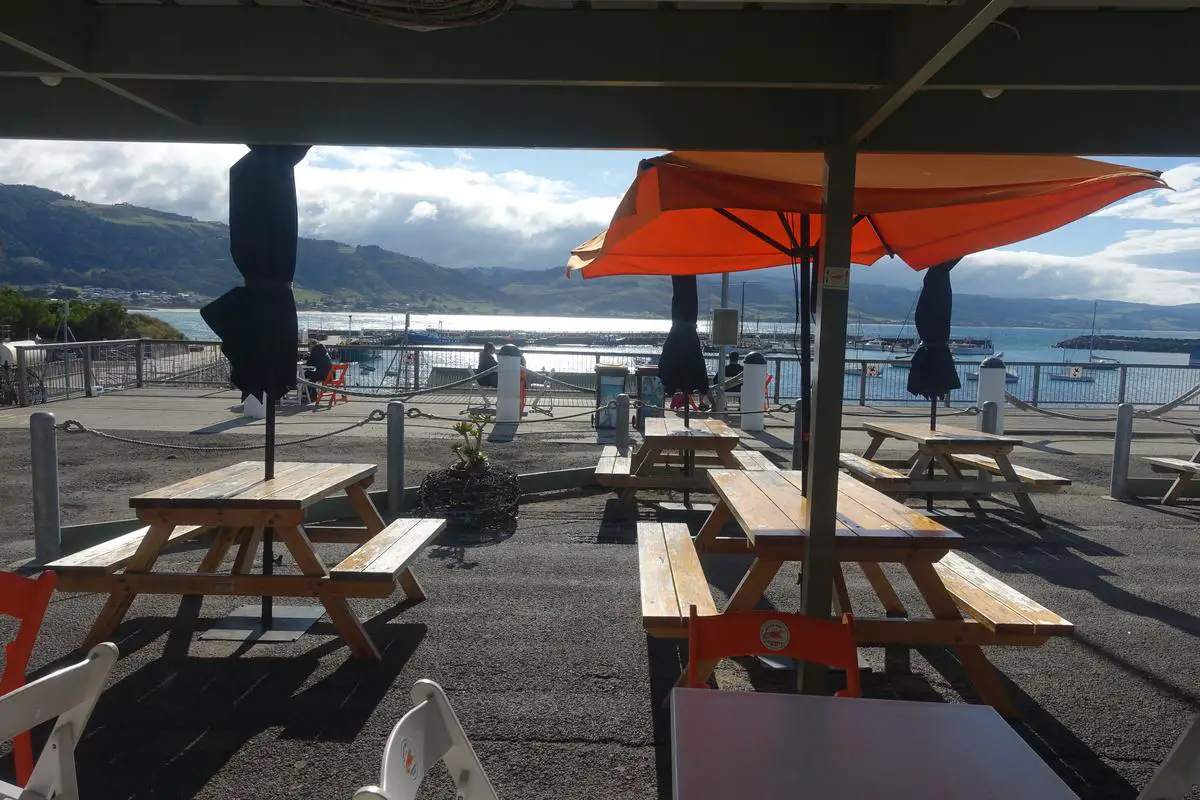
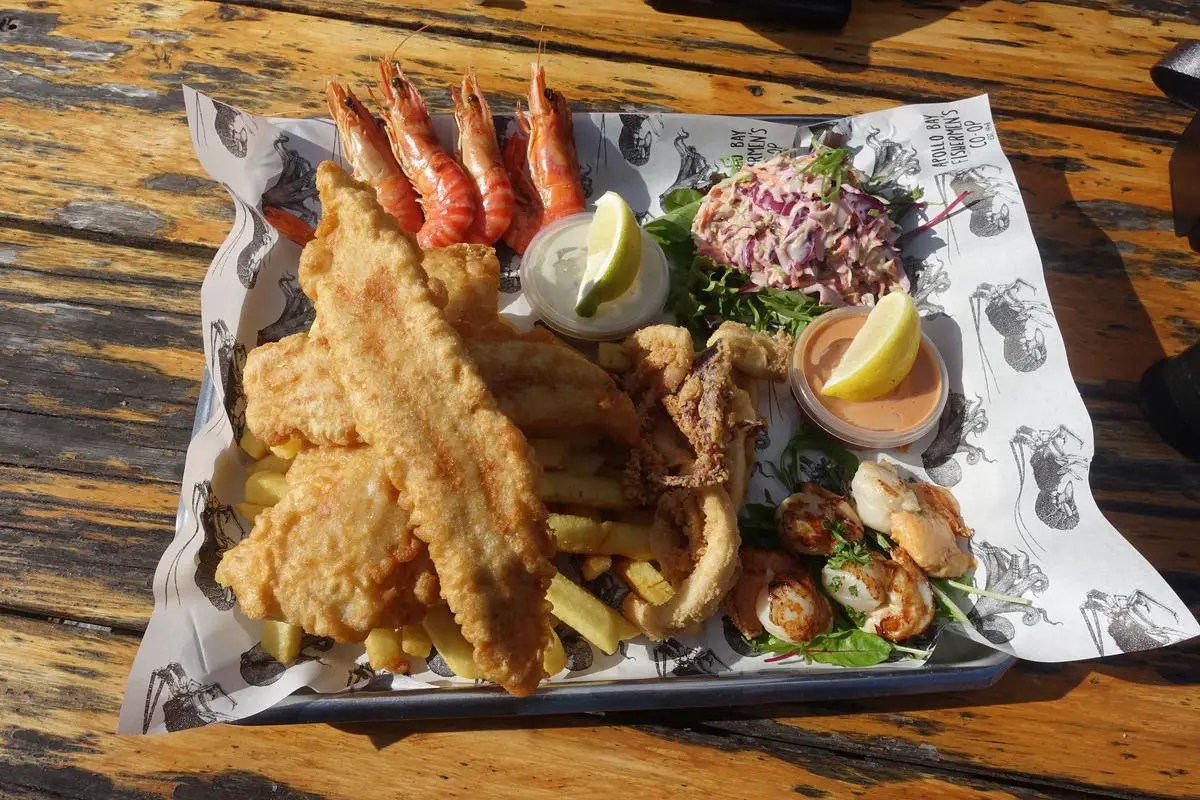
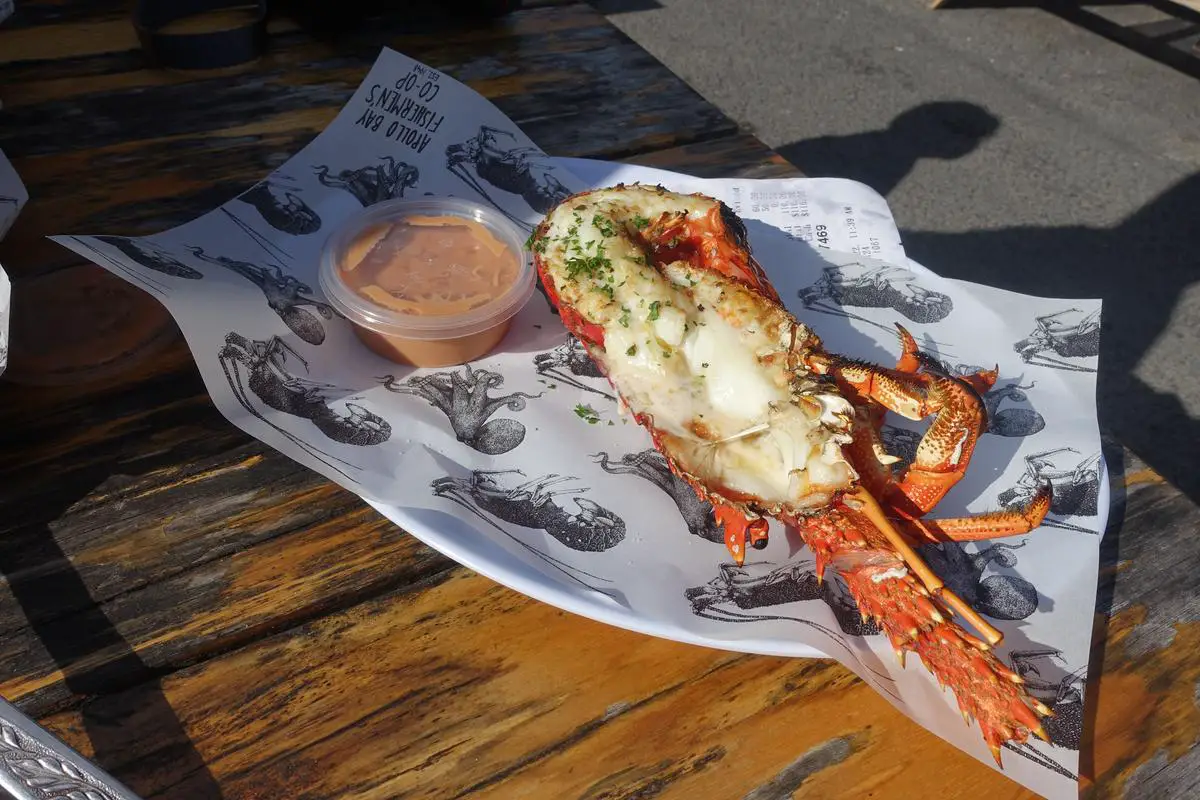
Erskine Falls
1:45pm – After lunch, we refueled for one last time at Apollo Bay before heading to Erskine Falls, our last stop before Melbourne. We had planned to visit Erskine Falls on our first day of the Great Ocean Road but had to skip it as it was getting late. Fortunately, we were able to fit it in on the last day. Erskine Falls is in the similar region as Teddy’s Lookout (near Lorne), but a much longer way inland, via a narrow and windy forest road. Despite its relative inaccessibility, Erskine Falls appears to be one of the more popular stops. Probably for good reason though, as Erskine Falls is a pretty spectacular one.
Just steps from the carpark there is a view of Erskine Falls from the top. However, the hike down is definitely worth it if you’re able to do it. It isn’t a long walk (just 220m), but the entire way is pretty much a long, steep flight of stairs that can be slippery. The trail was also the last chance for us to enjoy the Victorian forests with its ferns, moss and mushrooms.
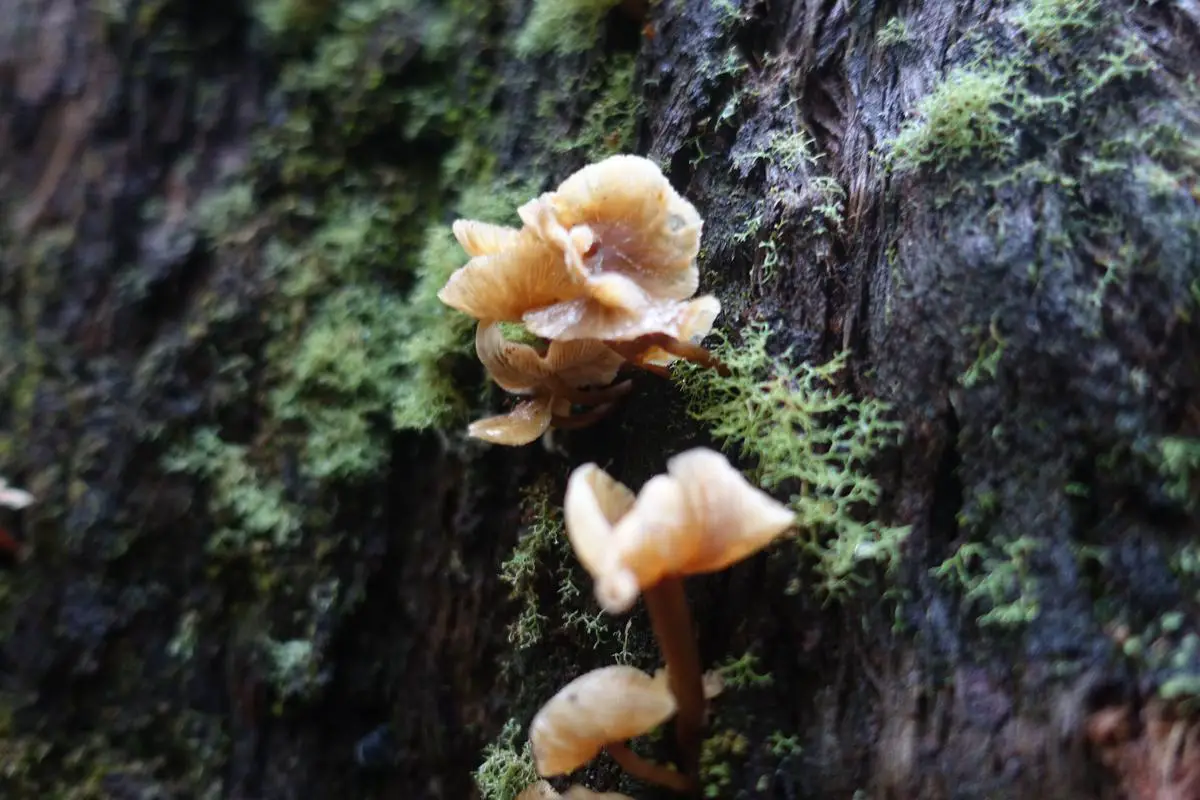

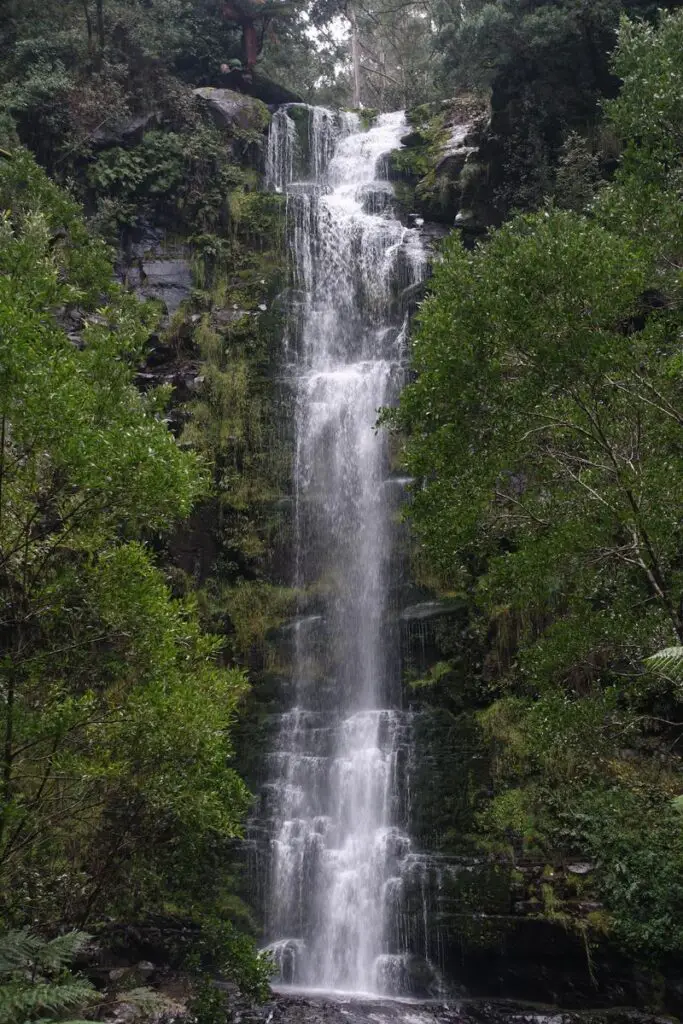
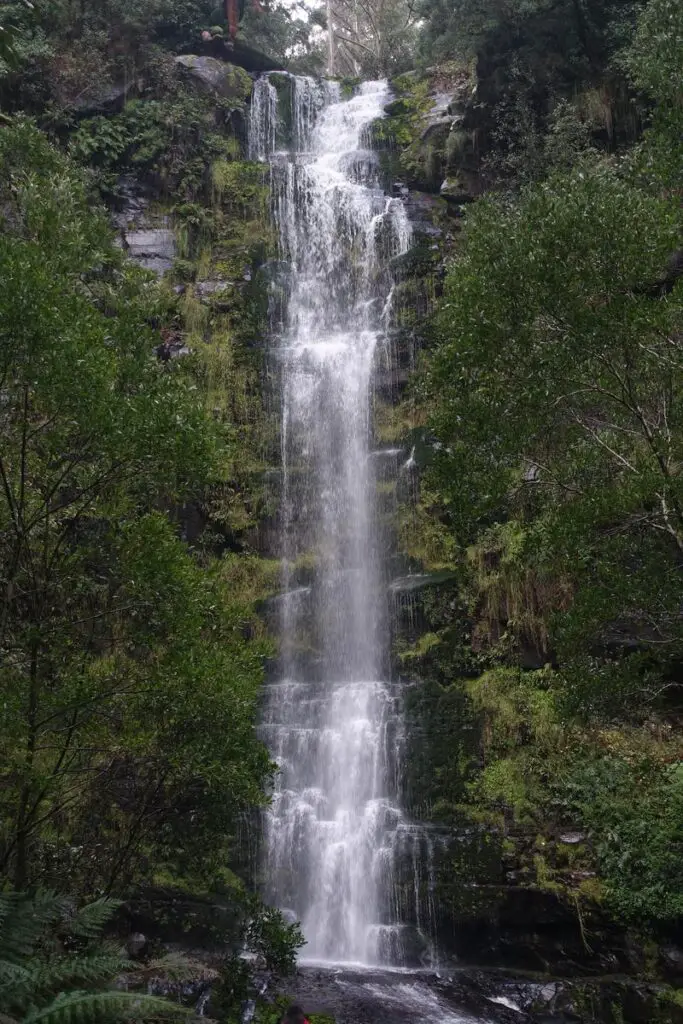

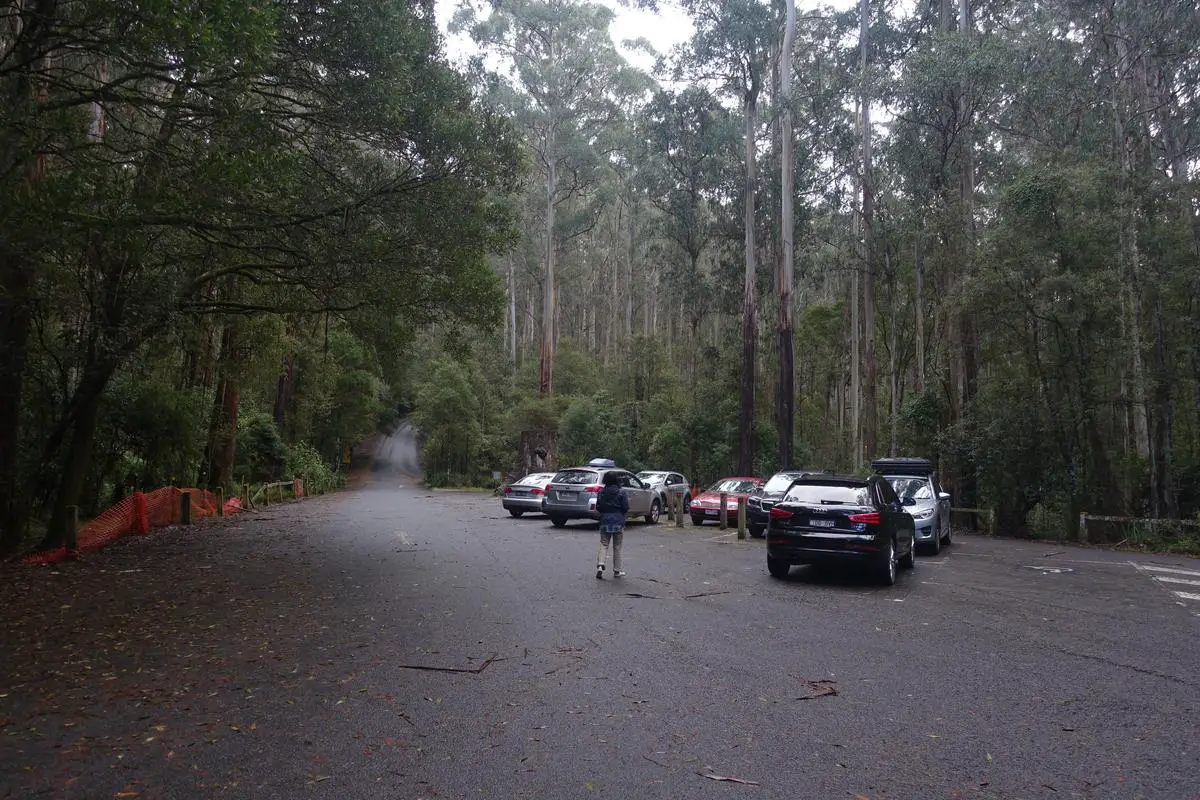
Erskine Falls was beautiful. One suggestion for anyone intended to visit though, is not to wear something prominent like red if you intend to stray off trail to go further up front to the falls and remain there for extended periods, as you’d feature very prominently in tens or even hundreds of other strangers’ appreciation of the falls. But probably not the ideal view for all other visitors.
Concluding the Great Ocean Road adventure
Last item on the agenda, reaching Melbourne in time to return the car. The drive from Erskine Falls was long and we thought we had budgeted more than sufficient time. Unfortunately, we were caught out by a jam nearing Melbourne and were running late for the return time, saved only by the kind employees who held out a couple more minutes for us. The last moments were almost heart stopping as we struggled to find the right carpark to enter in dense central Melbourne. The smooth return process was almost anti-climatic, but we were glad all ended well.
And that concluded my first road trip out of Malaysia and longest one ever. I think it’s the start of something new. But before any more road trips, a couple more days in Melbourne in the next post!
![[Australia] Melbourne 3-day itinerary for an awesome first visit DSC01353-1200×800-PIL](https://aaronteoh.com/wp-content/uploads/2022/10/DSC01353-1200x800-PIL-150x150.webp)
![[Australia] Great Ocean Road Part 1: Queenscliff to Johanna and Great Otway National Park DSC02029-1200×800-PIL](https://aaronteoh.com/wp-content/uploads/2022/09/DSC02029-1200x800-PIL-150x150.jpg)
![[Australia] Tasmania Road Trip Part 5 - Bruny Island DSC04877-1200×800](https://aaronteoh.com/wp-content/uploads/2023/12/DSC04877-1200x800-1-150x150.webp)
![[Australia] Great Ocean Road Rough Itineraries DSC02231-1200×800-PIL](https://aaronteoh.com/wp-content/uploads/2022/09/DSC02231-1200x800-PIL-150x150.jpg)
